If you are looking for a houseplant that needs little light, you are in the right place. We have a large range of shade plants, which you can confidently place in a darker spot in your home. Whether you are looking for a palm, air-purifying or flowering houseplant, there is something for everyone in this segment.
What exactly is a shade plant?
By shade plants, we mean houseplants that thrive in a place with little light. Think of a spot in the middle of your living room or behind the net curtains near a north-facing window. Shade plants need daylight at all times, but do not need direct sunlight.
Top 5 shade plants:
1# Calathea
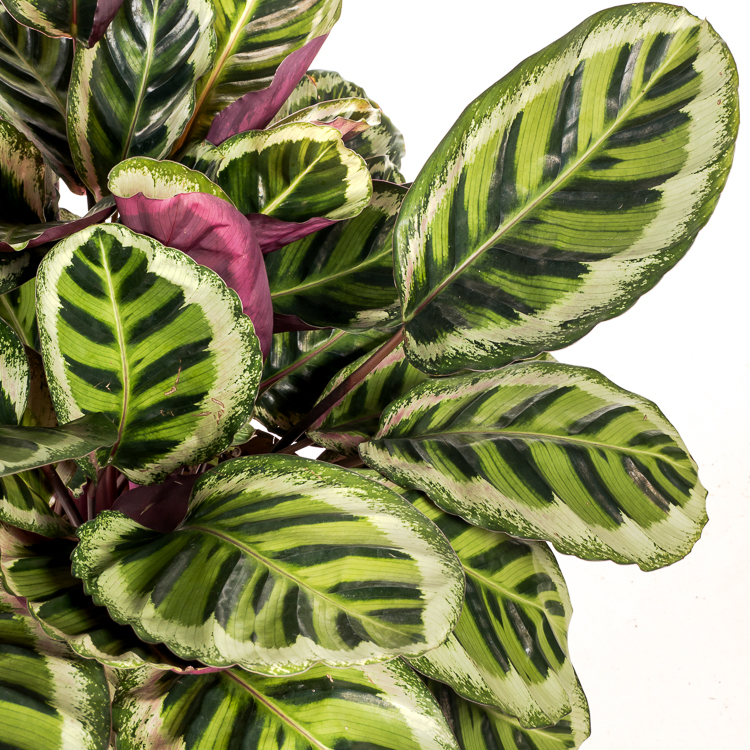
The
Calathea is also known as the Rustling Plant and it gets this name from the sound it makes while closing its leaves as darkness falls. The Calathea comes in many shapes and sizes, most species have green leaves with a purple underside. They are also known for their beautiful leaf markings and air-purifying properties. The Calathea does have one disadvantage and that is that it is very sensitive to dry air. So regularly spray its leaves a little wet and don't put it right next to the heater.
2# Spathiphyllum
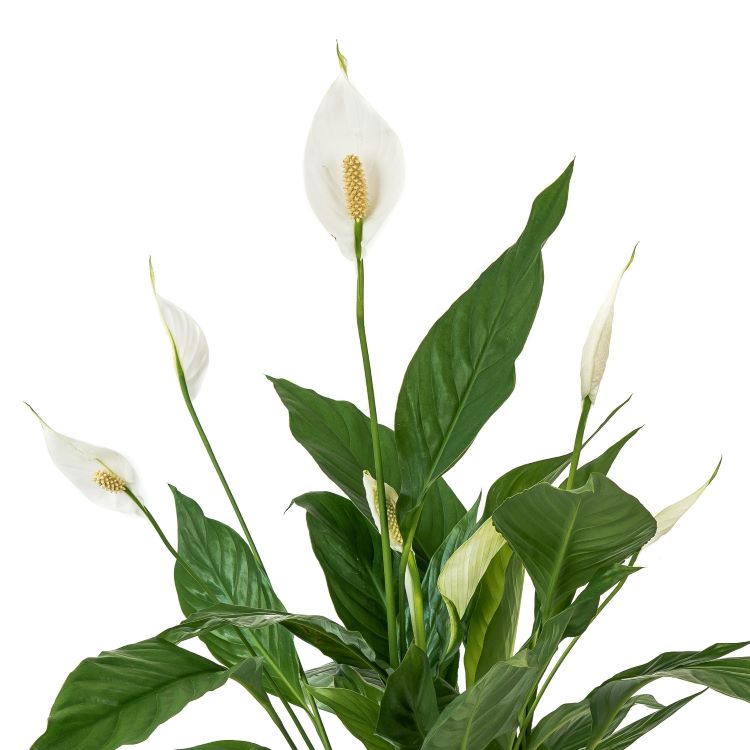
Known for its air-purifying effect and white flowers. The
Spathiphyllum is also known as the Spoon Plant and loves a hearty sip of water. It grows naturally in the Amazon, where it can be found along the water's edge. A Spathiphyllum often blooms for several weeks, after which you have to take out the flowers. This is followed by a period of rest, after which the plant will flower again. So with proper care, Spathiphyllum will flower several times a year. When the leaves start drooping limply, that is the signal that it needs water again. Put it in a shady spot and it won't disappoint you.
3# Aglaonema
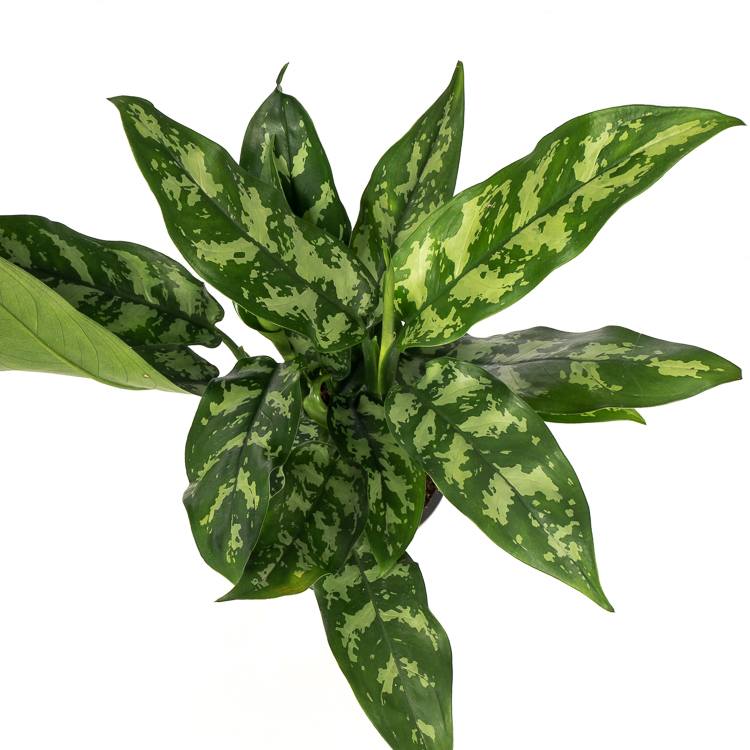
The
Aglaonema is naturally a ground cover, growing low to the ground in the shade of other trees and shrubs. The Aglaonama is related to the Dieffenbachia, Philodendron and Alocasia and is native to Southeast Asia. Most Aglaonemas can be recognised by white to silvery leaf markings on the mostly green leaves. The Aglaonema is an otherwise air-purifying plant that requires little care. The Aglaonema will do you a lot of good by placing it in a shady spot.
4# Caryota Mitis
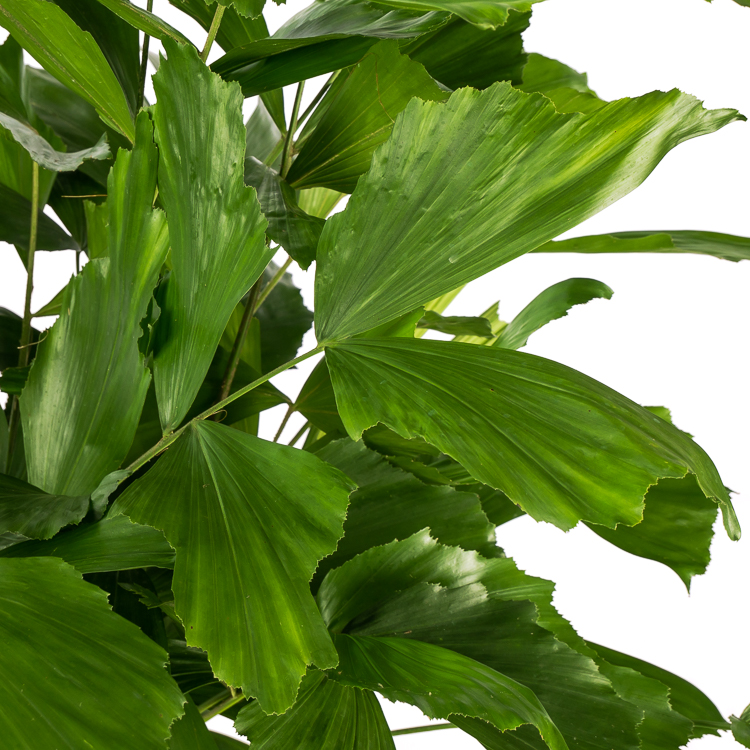
If you are looking for a palm for a place with little daylight, the
Caryota Mitis might be for you. This house palm has green leaves in the shape of a fish tail, which is why it is also known as the Fin Tree Palm. This houseplant has thin petioles and fresh green leaves. Palms have the characteristic that as they grow larger, they can also sag a little. So make sure you have enough space. Place it in a spot with some shade and you will enjoy this green house palm for years.
5# Kentia palm
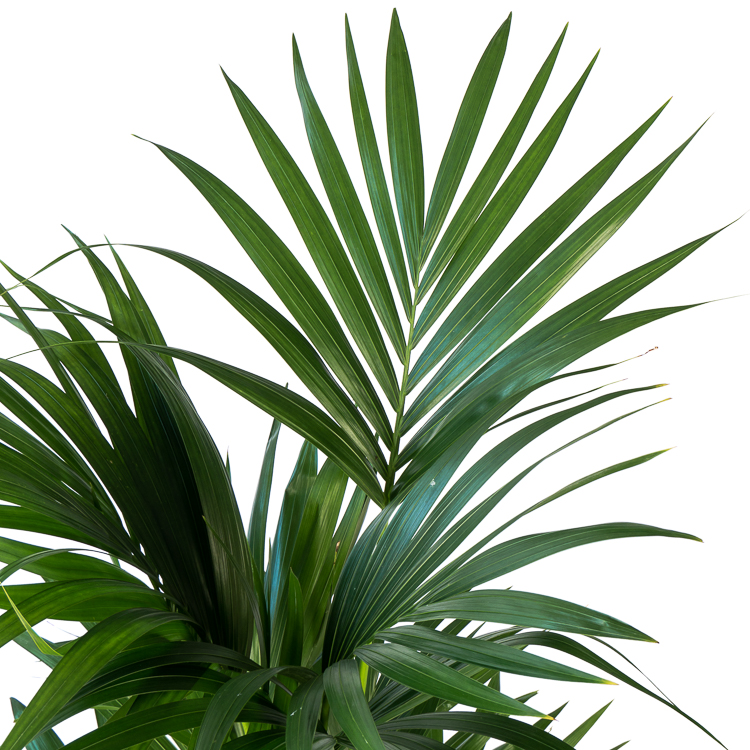
The
Kentia is a fairly well-known houseplant and does well in a shady spot as well as in a spot with partial sun. The Kentia is also sold as the Howea Forsteriana and originates from around Australia. The Kentia is a real palm that reminds you of the tropics. Make sure it has a spacious spot, as it can spread out a bit and, like most palms, brown leaf tips are often unavoidable.
Large houseplants that require little daylight
There are especially many large houseplants that do well in a shady spot. Think, for example, of a branched Dracaena or Philodendron on a moss stick. But there are also large house palms that do well in the shade, such as the Rhapis and Kentia palm.
Fortunately, we see more and more people daring to bring a large houseplant into their home. Of course, the price might be a threshold at first, but you do get a real eye-catcher in one go, which, with the right care, you can enjoy for years.




